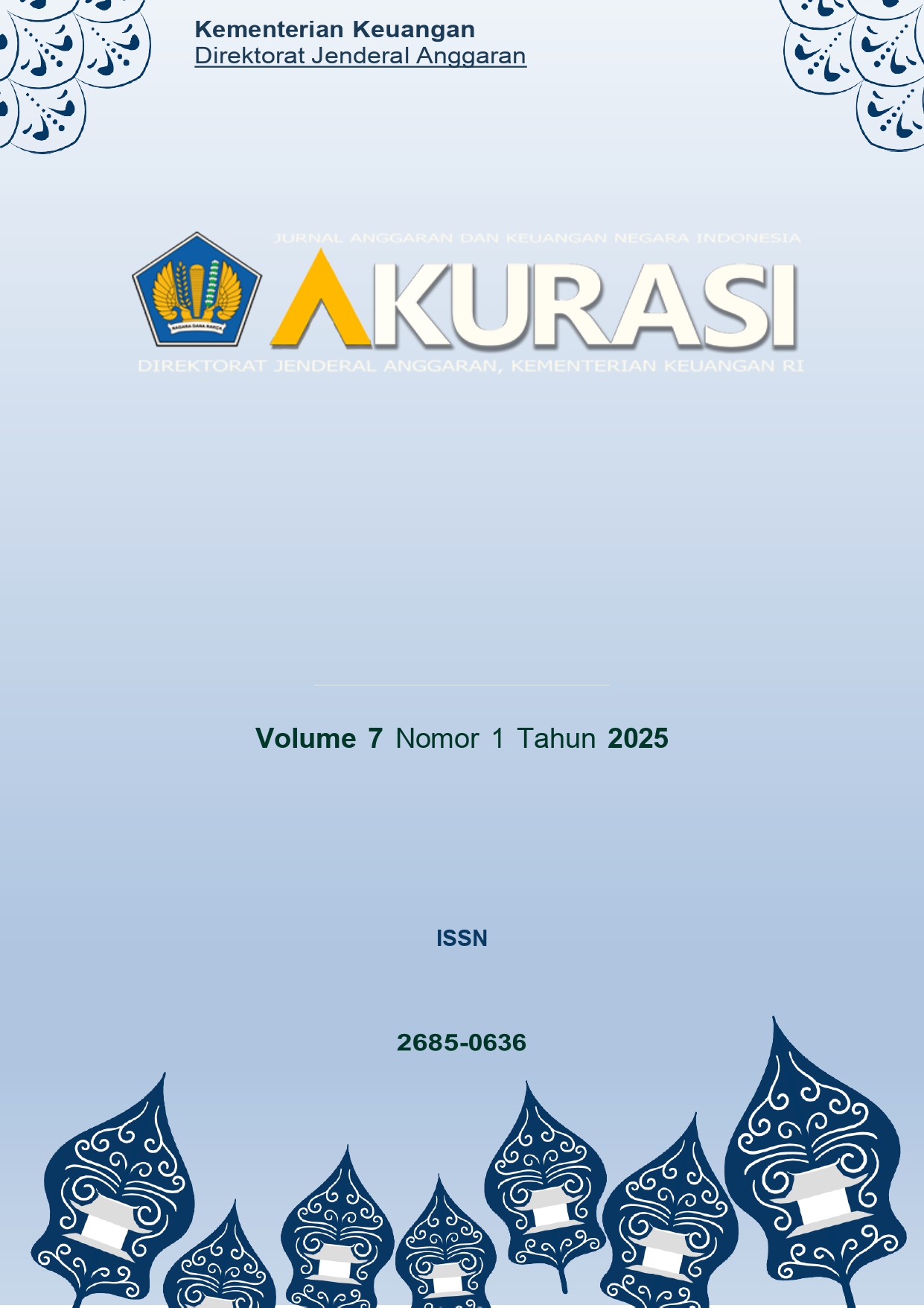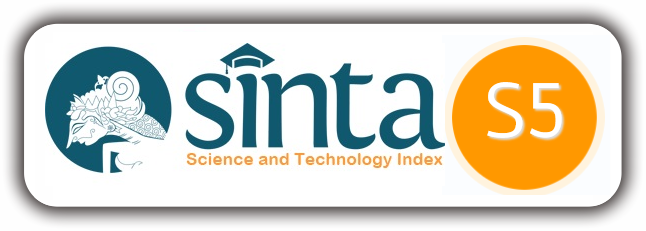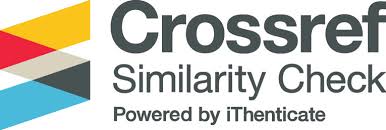Pengaruh Penyertaan Modal Negara Terhadap Pembagian Dividen Pada BUMN: Peran Penugasan Sebagai Variabel Moderasi
DOI:
https://doi.org/10.33827/akurasi2025.vol7.iss1.art265Keywords:
State Equity Participation, Dividend, State-Owned Enterprises, Special AssignmentsAbstract
This study examines the relationship between state equity participation (PMN) and dividend distribution in state-owned enterprises (SOEs), with government assignments serving as a moderating variable. PMN represents a crucial instrument utilized by the government to reinforce the capital base of SOEs. Although PMN is designed to enhance the financial performance of SOEs, its influence on dividend distribution remains unclear, particularly in the context of government assignments. This study employs panel data from 55 SOEs over the period 2010-2022. The analysis is conducted with quantitative methods, specifically panel data regression, to examine the relationship between PMN and dividends with assignment as a moderating variable. The findings indicate that the impact of PMN on SOE dividends varies depending on the time period under consideration. In the year of the PMN grant and the subsequent year, there is no statistically significant relationship between PMN and dividends. In the second year, there is a negative relationship between PMN and dividends; however, in the third year, the impact shifts to a significant positive. The findings of this study lend support to the hypothesis that PMN has the potential to increase dividends over the long term, despite the tendency for funds to be allocated to public assignments in the short term, which may result in a reduction in potential earnings. The findings also confirm that assignments play a significant moderating role initially, but diminish over time, suggesting the importance of policy adjustments regarding assignments and dividend targets. The policy implication of this study is that long-term planning is necessary to optimize the use of PMN, with a focus on financial stabilization and long-term investment for SOEs. The government should prioritize the acceleration of the disbursement process to enable SOEs to respond rapidly to market dynamics.
References
Abimanyu, Y., & Rokhim, R. (2023). THE EFFECT OF STATE CAPITAL PARTICIPATION ON THE FINANCIAL AND NON-FINANCIAL PERFORMANCE OF STATE-OWNED ENTERPRISES AND OTHER INSTITUTIONS. CAKRAWALA, 6(6), 2539–2558.
Akhmadi, H., & Priastawa, P. N. (2021). Analisis Manfaat Penyertaan Modal Negara Pada Program Pembangunan Infrastruktur Listrik Desa Provinsi Bali. Bina Ekonomi, 25(1), 8–22. https://doi.org/10.26593/be.v25i1.5114.8-22
Ali, N., Zia, M., Rehman, U., & Ashraf, B. N. (2022). Corporate Dividend Policies during the COVID-19 Pandemic. 1–12.
Asian Development Bank. (2022). Unlocking the Economic and Social Value of Indonesia’s State-Owned Enterprises (Issue December). http://dx.doi.org/10.22617/SPR220442-2
Bellos, S. K., & Golitsis, P. (2023). The Nexus between Financial and Investment developments and State Capacity. The case of G-20. Journal of Government and Economics, 11(March), 100081. https://doi.org/10.1016/j.jge.2023.100081
Budiarti, E., & Sulistyowati, C. (2016). Struktur Kepemilikan Dan Struktur Dewan Perusahaan. Jurnal Manajemen Teori Dan Terapan| Journal of Theory and Applied Management, 7(3), 161–177. https://doi.org/10.20473/jmtt.v7i3.2709
Cejnek, G., Randl, O., & Zechner, J. (2021). The COVID-19 Pandemic and Corporate Dividend Policy. Journal of Financial and Quantitative Analysis, 56(7), 2389–2410. https://doi.org/10.1017/S0022109021000533
Donaldson, L., & Davis, J. H. (1991). Stewardship Theory or Agency Theory: CEO Governance and Shareholder Returns. Australian Journal of Management, 16(1), 49–64. https://doi.org/10.1177/031289629101600103
Duchin, R., & Harford, J. (2021). The COVID-19 Crisis and the Allocation of Capital. Journal of Financial and Quantitative Analysis, 56(7), 2309–2319. doi:10.1017/S0022109021000557
Fathyah, N., Sri, T., Nurmita, M., Stia, S., & Jakarta, L. (2019). Penyertaan Modal Negara Pada Badan Usaha Milik Negara di Perusahaan Umum (Perum) (Studi pada Perum Perhutani). Journal of Business Administration Economic & Entrepreneurship, 1(1), 16–26.
Ferdiana, N., & Sugiyarto, T. (2022). State-Owned Enterprises (SOEs): The Role in Economic Development and The Determinant of Its Performance. Jurnal Ekonomi Dan Kebijakan Pembangunan, 11(2), 91–107. https://doi.org/10.29244/jekp.11.2.2022.91-107
Ghozali, I. (2011). Aplikasi Analisis Multivariate Dengan Program SPSS. Badan Penerbit Universitas Diponegoro.
Gujarati, D. (2004). Basic econometic 4 edition (fourth Edi). The McGraw-Hill Companies.
Handaka, R. D., & Akbar, I. (2020). Analysis of the effect of state equity participation and divestment on government’s share of income on profits from state-owned enterprises: Evidence from Indonesia. Public Sector Accountants and Quantum Leap: How Far We Can Survive in Industrial Revolution 4.0?, August 2020, 353–357. https://doi.org/10.1201/9780367822965-71
Kim, K. (2018). Matchmaking: Establishment of state-owned holding companies in Indonesia. Asia and the Pacific Policy Studies, 5(2), 313–330. https://doi.org/10.1002/app5.238
Li, K., Xiang, Y., Zhou, C., & Lin, R. (2023). Promote or inhibit: State-owned equity participation and family firms’ innovation investment. Journal of Innovation and Knowledge, 8(2), 100354. https://doi.org/10.1016/j.jik.2023.100354
Lindensjö, K., & Lindskog, F. (2020). Optimal dividends and capital injection under dividend restrictions. Mathematical Methods of Operations Research, 92(3), 461–487. https://doi.org/10.1007/s00186-020-00720-y
Mada, A., & Dati, T. W. (2022). Analisis Pengaruh Penyertaan Modal Negara, Solvabilitas, Likuiditas Dan Pertumbuhan Aktiva Terhadap Kinerja Keuangan Bumn. IDEI: Jurnal Ekonomi & Bisnis, 3(2), 114–128. https://doi.org/10.38076/ideijeb.v3i2.140
Maimunah, S., Winarningsih, S., & Farida, I. (2022). How does State Equity Participation Contribute to Performance of State-Owned Enterprises in Indonesia? Cuadernos de Economia, 45(127), 32–43. https://doi.org/10.32826/cude.v1i127.603
Nugraha, A., & Madyan, M. (2022). Peluang Investasi, Pendanaan Perusahaan, dan Kebijakan Dividen. Ekonika : Jurnal Ekonomi Universitas Kadiri, 7(1), 153. https://doi.org/10.30737/ekonika.v7i1.1131
Nugroho, H. (2019). The Impact Of Government Support on The Performance Of Indonesia’s State-Owned Enterprises. ADBI Working Paper Series, 983, 3–17.
PwC. (2015). State-Owned Enterprises: Catalysts for public value creation? Public Sector Research Centre, April, 47.
Qi, H., & Kotz, D. M. (2020). The Impact of State-Owned Enterprises on China’s Economic Growth. Review of Radical Political Economics, 52(1), 96–114. https://doi.org/10.1177/0486613419857249
Schneider, H. (2019). STRATEGY, INDEPENDENCE, AND GOVERNANCE OF STATE-OWNED ENTERPRISES IN ASIA. ADBI Working Paper Series STRATEGY, 986, 1–16. https://www.adb.org/publications/strategy-independence-governance-state-owned-
Sinurat, D. P., & Gultom, E. (2024). Penugasan Oleh Pemerintah Kepada Badan Usaha Milik Negara : Tinjauan Atas Tanggung Jawab Direksi Perseroan. 11(1), 162–169.
Spence, M. (1973). Job Market Signaling. The Quarterly Journal of Economics, 87(3), 355–374.
Sugiyono, S. (2011). Metode Penelitian Kuantitatif, Kualitatif dan R & D. Alfabeta, Bandung.
Suratno, A. P. S. (2018). Effect of government investment and capital participation on local own-Source revenue: The case of Indonesia. European Research Studies Journal, 21(4), 368–377. https://doi.org/10.35808/ersj/1127
Szarzec, K., Dombi, Á., & Matuszak, P. (2021). State-owned enterprises and economic growth: Evidence from the post-Lehman period. Economic Modelling, 99(September 2020). https://doi.org/10.1016/j.econmod.2021.03.009
Wijaya, C., & Andriani, R. (2020). Potential policy impacts: Establishment of Indonesian mining state-owned holding company. Jurnal Ilmiah Ilmu Administrasi Publik, 9(2), 213. https://doi.org/10.26858/jiap.v9i2.11762
Xiao, Q. (2023). State equity participation and financing constraints of private enterprises in China: Based on the competitive pressure perspective. PLoS ONE, 18(11 November), 1–17. https://doi.org/10.1371/journal.pone.0292817
Zania, I., Fuad, F., Hidayat, Y., & Machmud, A. (2024). Penugasan Pembangunan Jalan Tol Trans Sumatera Pada BUMN. Binamulia Hukum, 12(2), 443–457. https://doi.org/10.37893/jbh.v12i2.674
Zhao, Y., Wang, R., Yao, D., & Chen, P. (2014). Optimal Dividends and Capital Injections in the Dual Model with a Random Time Horizon. Journal of Optimization Theory and Applications, 167(1), 272–295. https://doi.org/10.1007/s10957-014-0653-0







